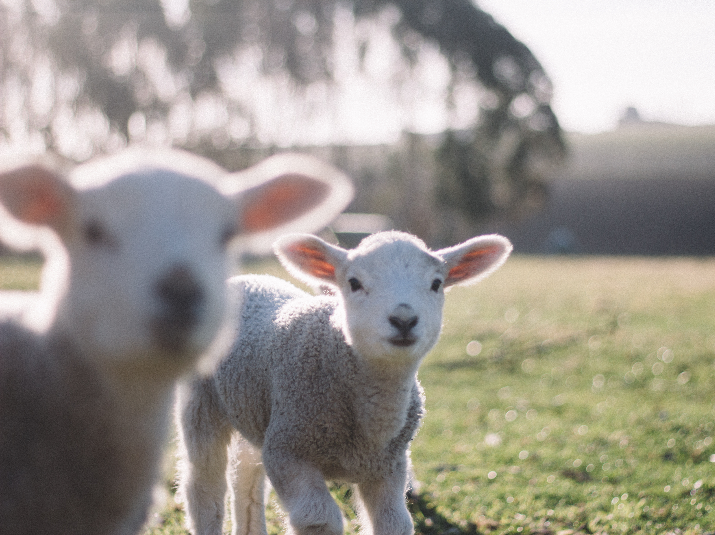Think of symbols of spring and you'll probably find images of cute baby animals – rabbits, lambs and ducklings – spring (ahem) to mind. Try these quick tips for capturing them on camera.
Think of symbols of spring and you’ll probably find images of cute baby animals – rabbits, lambs and ducklings – spring (ahem) to mind. Try these quick tips for capturing them on camera.
Think of symbols of spring and you'll probably find images of cute baby animals – rabbits, lambs and ducklings – spring (ahem) to mind. Try these quick tips for capturing them on camera.

With any wild animal photography, the more you understand about your subject, the more likely you are to get good pictures. So do your homework and find out when and where the young creatures are likely to make their first appearance, the times when they are most active, and how they behave to help you think about the types of shot you could take.
Your first consideration is for your subjects' welfare; do everything you can not to disturb them or their parents. Stay downwind and preferably hidden; if you can't hide, make yourself as inconspicuous as possible with neutral-coloured clothing, by keeping still and by crouching or lying down – in any case, shooting from the animal's eye level can yield some great results. Turn off your camera's flash and shutter/control sounds if you can, and set your mobile phone to silent and non-vibrate, too.
Lambs and ducklings will probably be fairly easy to get relatively close to, whereas baby rabbits will be far trickier to approach, but either way you're looking at a mid to long-range telephoto or zoom lens to enable close-focusing without disturbing your subjects. Try something like the 18-300mm f/3.5-6.3, the 70-300mm f/4.5-6.3 VR or the 200-500mm f/5.6E ED VR.
if you've got a fieldscope or spotting scope, you can also try digiscoping, whereby you connect it to your camera's lens via a special adapter to capture super-telephoto images in a convenient and affordable way.
Choose aperture priority and set a wide aperture (e.g. f/2.8, f/4, f/5.6) to defocus the background so that all the attention is on the animal itself. If you find this results in a shutter speed too slow to comfortably handhold, then simply increase the ISO (if you set ISO to auto it will do this for you, up to a limit that you can set). Another way of increasing your chance of getting a good shot is to switch the release mode to continuous shooting, which is particularly useful when the animal is moving around.
• Kittens (baby rabbits) Rabbits are usually most active at dawn and in late afternoon or early evening, when you'll be able to photograph them grazing intently. One advantage of shooting at this time of year is that vegetation is still relatively short and sparse, so it's easier to spot your subjects and get clean, uncluttered shots. To keep the detail in their dark fur, you many need to add a little exposure compensation (e.g. +1/3 EV).
• Lambs For striking shots, go for an overcast day which will saturate the colour of the grass to make the lambs stand out. You might also need to play around with exposure compensation (e.g. -2/3 EV) to capture enough detail in their white fleeces. They'll be at their least active from mid-morning to mid afternoon if you are after static shots, and more likely to be grazing and playing, in the early morning and late afternoon.
• Ducklings Shooting early in the morning and evenings will give you lovely light with the sun lower on the horizon, with the ducklings more active than other times of the day.
You can now download a PDF version of this Hints & Tips article to read offline and print